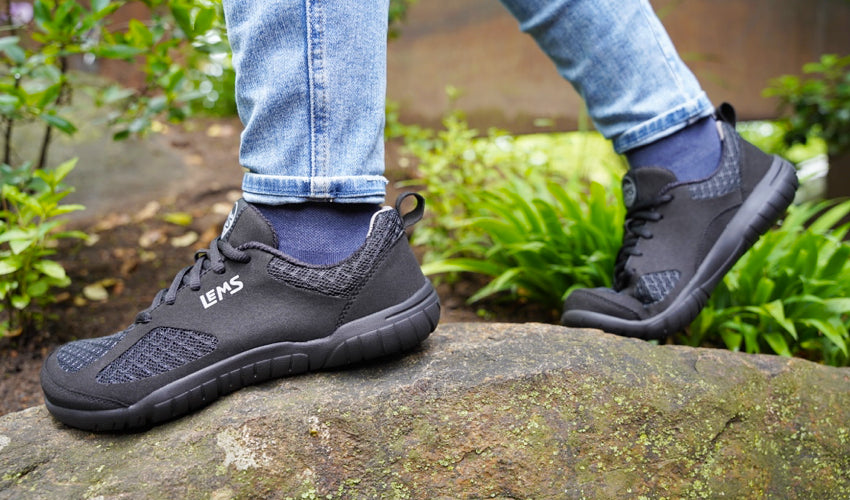
It's important to understand the potential benefits associated with foot-healthy footwear (i.e., flexible-soled, zero-drop, wide toe box shoes, boots, and sandals) for overall foot health and biomechanics in order to get the most out of them. Based on our foot health philosophy and our own personal experience, the top such benefits are the following:
-
Natural Foot Positioning: Foot-healthy shoes position your heel and forefoot at the same height, promoting a more natural and stable foot position. This can help improve posture and reduce strain on your lower back and lower extremity joints.
-
Improved Balance and Stability: The wider toe box of foot-healthy footwear allows your toes to splay naturally, enhancing balance and stability during movement. This can lead to improved agility and coordination.
-
Strengthening Foot Muscles: Flexible soles encourage your foot's natural movement, helping to strengthen intrinsic foot muscles. This can lead to better (natural) support for your arch and overall foot health.
-
Reduced Impact: Many foot-healthy shoes incorporate thinner soles, which encourage more thoughtful, lower-impact footfalls and help reduce joint impact when walking, running, or performing a variety of sports.
-
Enhanced Ground Feel: A thinner, more flexible sole provides better ground feel, which allows for increased sensory feedback. This can improve proprioception and assist with things like balance and agility.
-
Reduced Risk of Injury: By promoting natural biomechanics and allowing for a more natural gait and foot position, foot-healthy footwear can help reduce the risk of common foot and lower limb issues, such as plantar fasciosis or shin splints.
-
Adaptability to Various Terrain: Low stack height and flexible-soled shoes adapt better to different surfaces, which provides you with greater versatility for various activities, from running to hiking.
-
Comfort: Many people find foot-healthy footwear to be more comfortable, as it can accommodate a wide range of foot shapes and sizes and does not encroach on your foot or toes in any way.
When it comes to improving overall foot health and optimizing foot and lower extremity biomechanics, foot-healthy footwear is an excellent choice! We encourage you to explore our men's and women's footwear collections to see examples of shoes, boots, sandals, and slippers that best support long-term foot form and function. By seeking out and using foot-healthy footwear, you'll be putting your foot in the most advantageous position possible and ensuring it performs the way nature intended. This also stabilizes your entire foundation and supports the rest of your musculoskeletal system so that it can perform at its best.

WANT TO IMPROVE YOUR FOOT HEALTH?
Let the team at Natural Footgear help you! Subscribe to our newsletter for the latest offers and helpful info, and sign up for our FREE email courses on various topics and foot health conditions.
Sign Up →
Want to Improve Your Foot Health?
We are here to help you every step of the way. Get our newsletter for the latest offers and helpful info, and sign up for our FREE email courses on various topics and conditions, including bunions, hammertoes, neuromas, plantar fasciosis, shin splints, ingrown toenails, and more.
Sign Up →
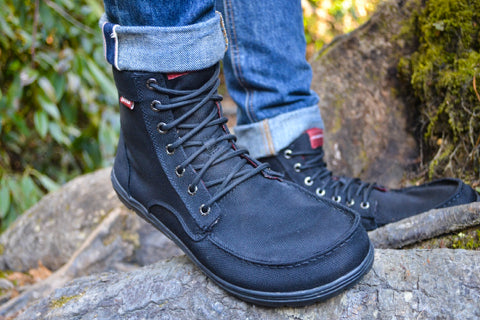 Getting into a pair of men's or women's wide toe box shoes (specifically, shoes that are widest at the ends of the toes, not the ball of the foot) is vitally important in preventing additional toe deformities and in creating the circumstances that allow for true toe rehabilitation. So, a wide toe box shoe (which should also, ideally, possess a completely flat and flexible sole) is crucial in preventing a...
Read more
Getting into a pair of men's or women's wide toe box shoes (specifically, shoes that are widest at the ends of the toes, not the ball of the foot) is vitally important in preventing additional toe deformities and in creating the circumstances that allow for true toe rehabilitation. So, a wide toe box shoe (which should also, ideally, possess a completely flat and flexible sole) is crucial in preventing a...
Read more



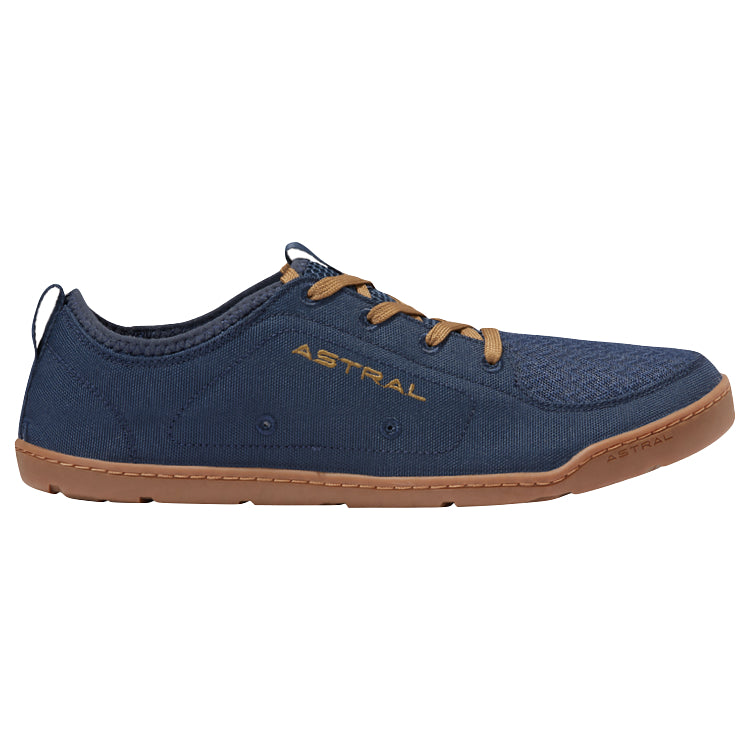
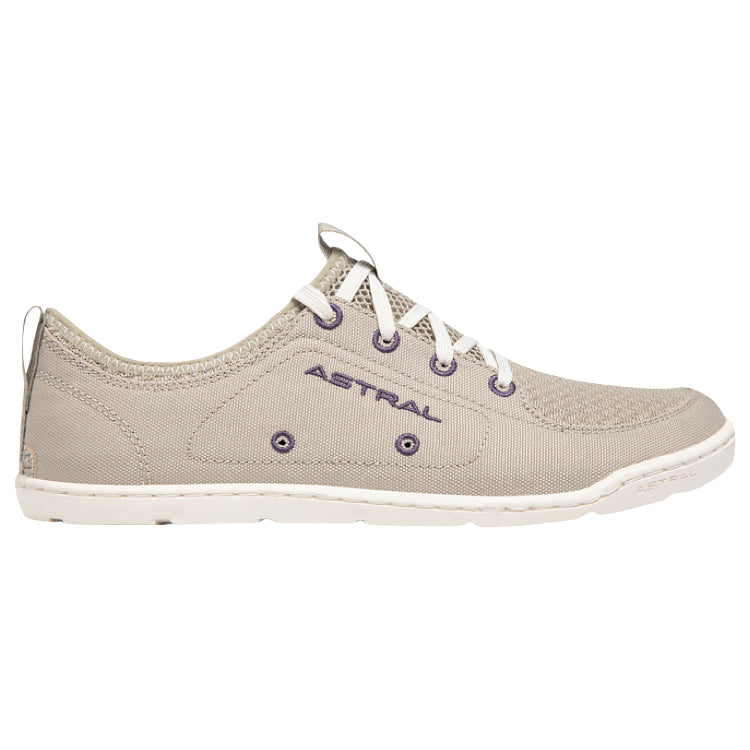
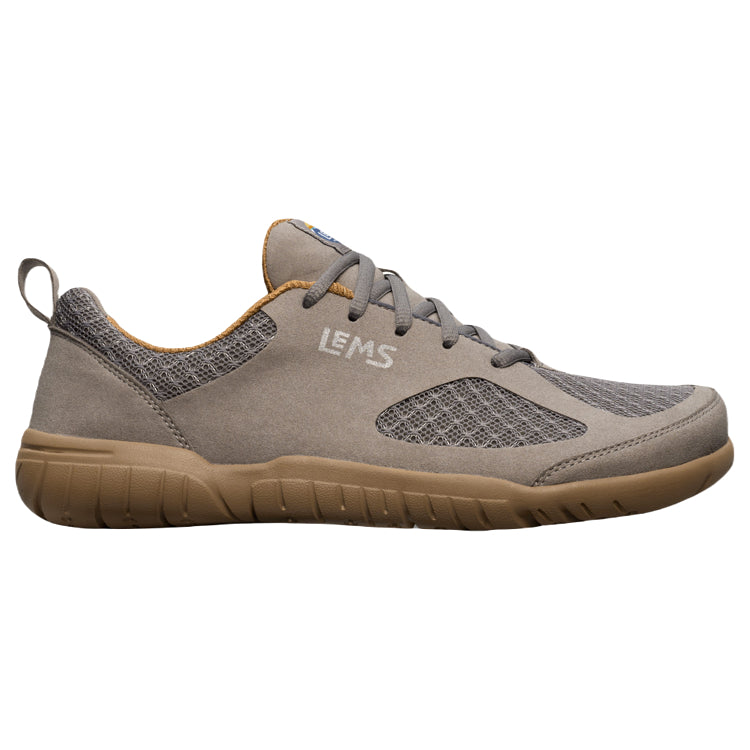
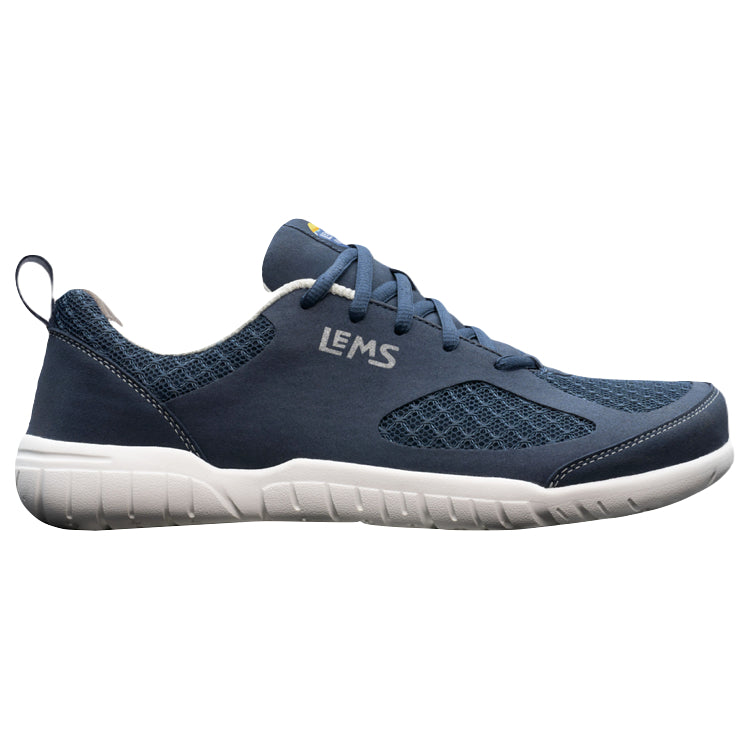
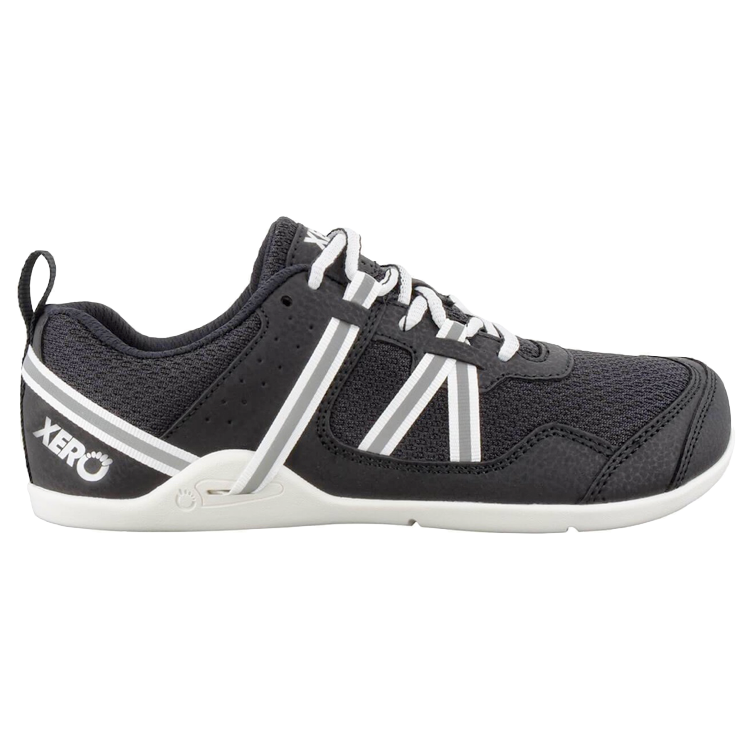
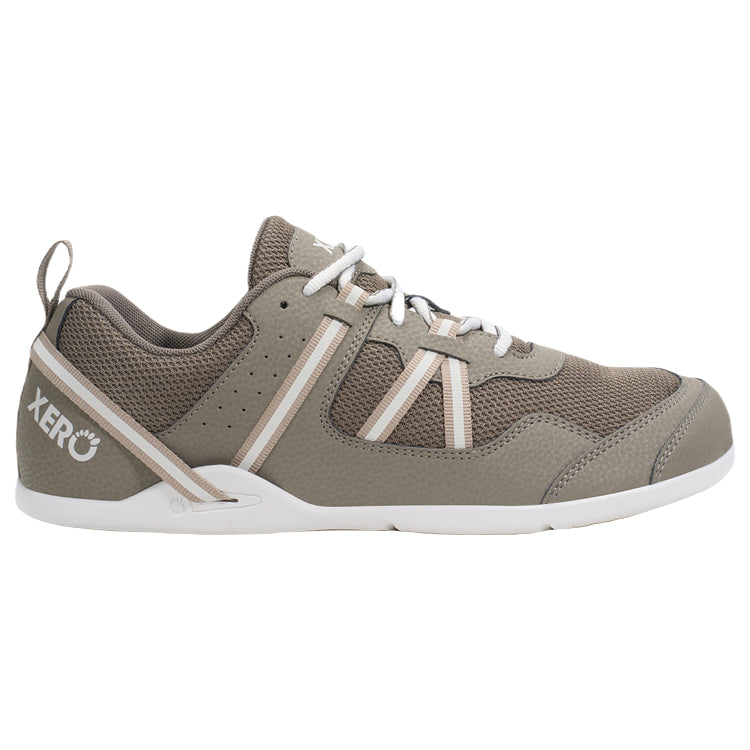
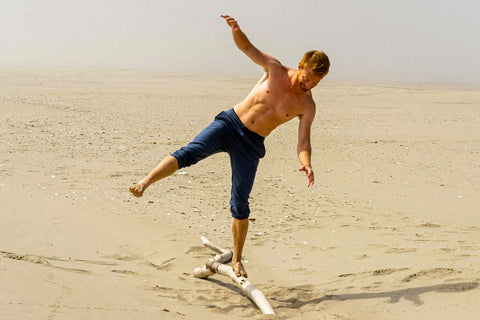
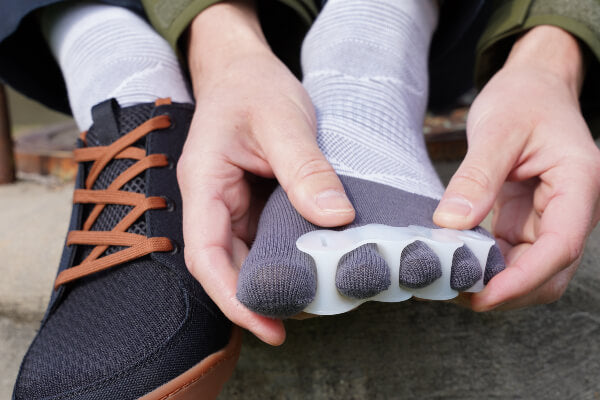
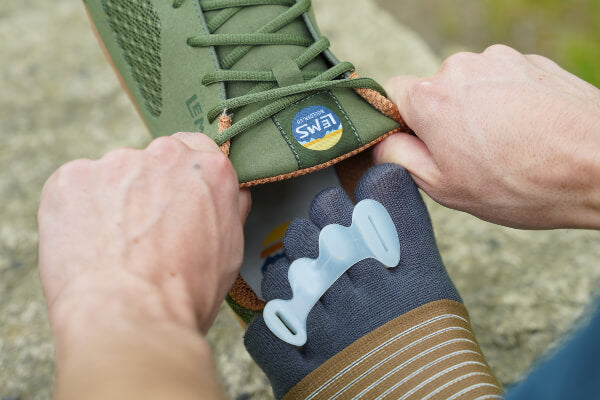
I’ve always been curious about the role that our environment plays on foot health and function. How do terrain and environment influence foot development and strength, and should we seek out a variety of surfaces when walking or running?
Thank you for your excellent question, Cedric! It’s one that gets to the heart of how our modern world has shaped (and in many ways limited) our natural foot potential. The terrain we move across plays a major role in how our feet develop, function, and maintain strength. In traditional or ancestral settings, people walked barefoot or in minimal footwear over varied, irregular surfaces—grass, sand, rocks, and forest floors. These natural environments constantly challenged the small muscles, tendons, and ligaments of the foot, encouraging greater adaptability, mobility, and proprioception. In contrast, today’s flat, hard, and uniform surfaces (think sidewalks, indoor flooring, and treadmills) offer very little sensory input or mechanical stimulation, which can lead to underused foot structures and, over time, dysfunction or weakness.
Actively seeking out a variety of surfaces—whenever safely possible—is an excellent way to reinvigorate foot function and build resilience. Walking or running on grass, trails, sand, gravel paths, or even uneven cobblestones can awaken dormant musculature and enhance balance, agility, and foot awareness. Just like cross-training benefits the whole body, “terrain variation” can be thought of as cross-training for the feet. The key is to make the shift gradually, especially if you’ve spent years in conventional shoes on predictable surfaces. Let your feet relearn how to sense and respond to the world beneath you. In doing so, you’ll not only strengthen your feet themselves but also contribute to improved posture, alignment, and movement patterns throughout your entire body.
Yours in Foot Health,
Drs. Marty & Robyn Hughes